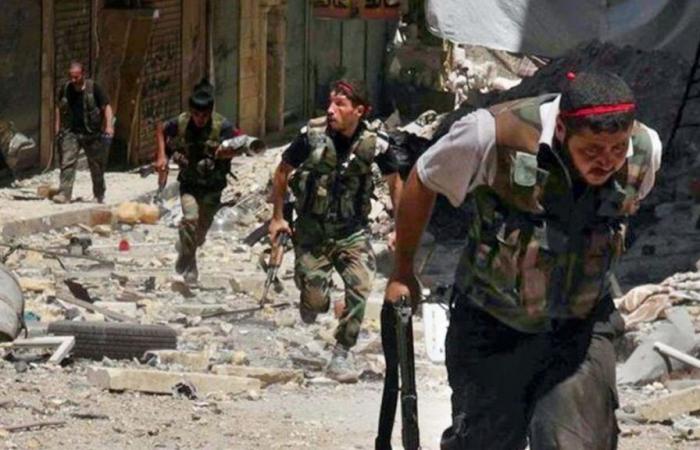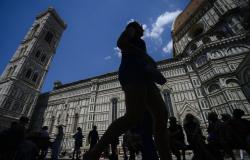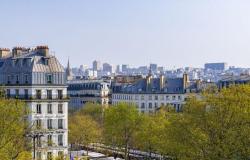After the relative lull in Lebanon, the conflict is unexpectedly moving towards Syria. Violent clashes are said to have left at least 200 dead.
ADVERTISEMENT
The Middle East still seems unstable. While the ceasefire in Lebanon experienced its first setbacks this Thursday, violent clashes have been reported over the past twenty-four hours in Syria. Jihadists and rebels hostile to the regime of Bashar al-Assad are reportedly leading a large offensive in the northwest of the country. The attackers would have cut a vital road to Aleppo, said an NGO which reported nearly 200 deaths in the violence.
Among the victims are at least 19 civilians, killed Thursday in strikes by Russian air force, an ally of the Syrian regime, according to the Syrian Observatory for Human Rights.
These are the most violent clashes since 2020 in northwest Syria, where the province of Aleppo, largely in the hands of Bashar al-Assad's regime, borders the last major rebel and jihadist stronghold of Idlib. .
According to open source intelligence reports, rebel forces fighting against the Damascus regime have gained enormous ground. It is difficult to identify the main force of this multi-group alliance, but it is believed to be the Kurdish resistance militiathe FDS, which has resisted the Syrian regime and Russian interventionist strikes since 2014.
The other significant rebel force is a group called Hayat Tahrir al-Sham.
The importance of Aleppo is reflected in the fact that during the Syrian civil war, the Assad army lost control of the historic city and was only able to retake it thanks to incessant airstrikes by the Russian army, which intervened in the conflict (the bombings were directed by General Even Sergei Surovikwho received the nickname “Butcher of Damascus ” and then became involved in the rebellion of Yevgeny Prigozhin. The fate of the general is unknown to this day.
According to intelligence sources, the reason for this sudden increase in fighting is that in previous weeks, Israel had reportedly handed over weapons confiscated from Hezbollah to the rebels, including SS missiles, anti-tank equipment, artillery batteries and even anti-aircraft units.
In some villages, rebels have already removed portraits of Syrian head of state Bashar al-Assad.
The Syrian regime has been a traditional enemy of Israel since 1948, with which it has fought several wars, and the only one never to have been associated with the long process of peace negotiations. Damascus is considered Iran's most loyal partner in the region, mainly for religious reasons, but also strategic, because it tolerates the presence of armed proxy groups of Tehran, but also benefits from it, and allows Iranian weapons to cross into Lebanon to reach Hezbollah.
These forces have also been used by the Damascus family regime to protect its extensive counter-drug operations.
Based on the information known to date, it may well be that these same armies turned against him on Wednesday in the Aleppo region. This is also a two-way street, and while it is possible to bring weapons in, it is also possible to send weapons back.






